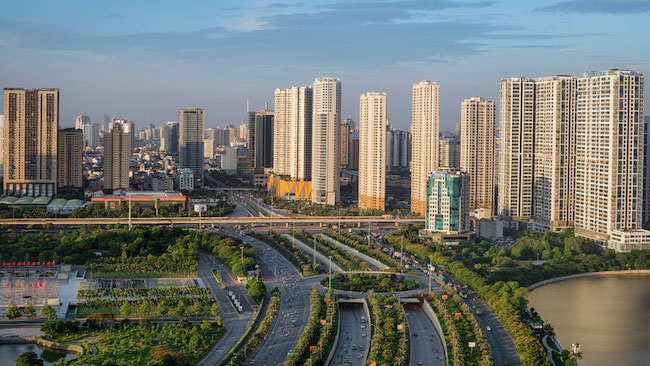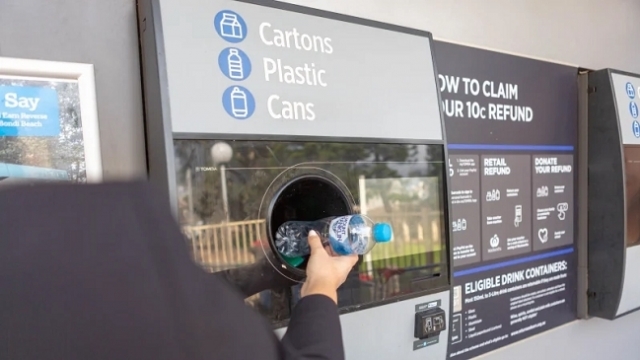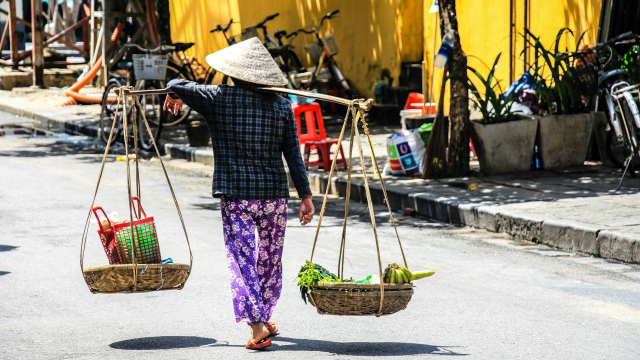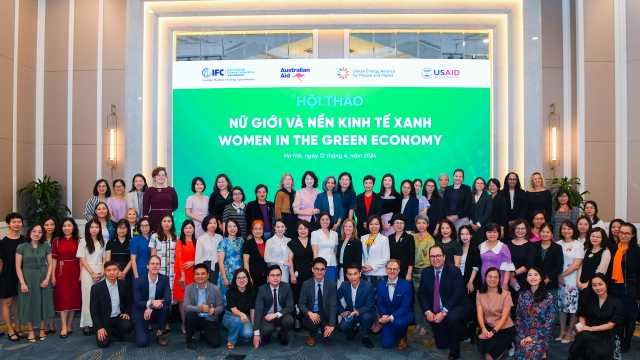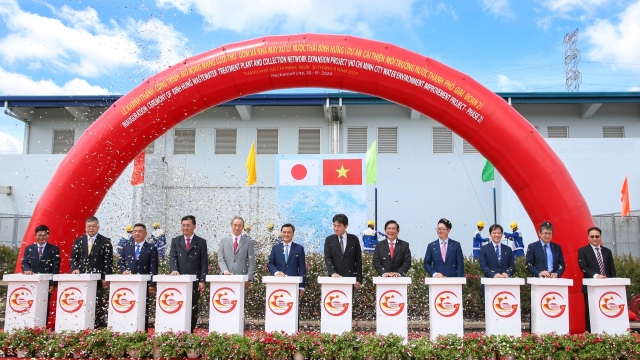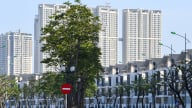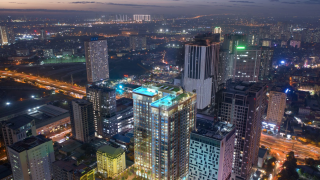National Focus
World Bank recommends five priority policy packages to address climate risks
Vietnam lost about $10 billion in 2020, or 3.2 per cent of its gross domestic product, to climate impacts, the World Bank Group’s Country Climate and Development Report for Vietnam stated.
Models suggest that the costs to the economy generated by climate change could total as much as $523 billion by 2050. The report argues that investments to address climate impacts are a priority.
As Vietnam’s fast-growing economy progresses toward high-income status, it also needs to reduce its carbon intensity.
Vietnam’s contribution to global greenhouse gas (GHG) emissions is relatively small, at 0.8 per cent. On per capita terms, Vietnam’s emissions are less than half of the Organisation for Economic Co-operation and Development’s per capita emissions.
However, its rapid economic growth has led to a quadrupling of per capita GHG emissions this century, from 0.79 metric tonnes of carbon dioxide equivalent in 2000 to 3.81 metric tonnes in 2018, and emissions are accelerating at one of fastest rates in the world. Pollution associated with these emissions impairs health and productivity; resource depletion and climate impacts have already hurt trade and investment.
“Vietnam is having to devote significant resources to protecting its largest city, Ho Chi Minh City, the low-lying coastline, and the Mekong Delta from climate change,” said World Bank vice president for East Asia and Pacific Manuela V. Ferro.
“Vietnam is also an increasing contributor to GHG emissions. Implementing Vietnam’s ambitious international commitments will require action in key emitting sectors, energy, transport, agriculture, and manufacturing, and the use of carbon pricing to drive investment.”
Five priority policy packages
Based on the report’s modeling and analytical work, the World Bank Group recommends five priority policy packages.
The first is a regional program for the vulnerable Mekong Delta, which contributes 50 percent of the country’s rice production and a third of its agricultural GDP. The region faces threats from coastal and river erosion, sea-level rise, and saltwater intrusion.
The program would curtail sand mining and groundwater extraction, retrofit physical assets, and strengthen regional coordination, while supporting the livelihoods of farmers seeking to adapt to the challenges of climate change
UNDP’s recommendations for Vietnam to drive forward a circular economy
The second is an integrated plan to shield coastal urban areas and transport links from extreme weather. This would include upgrades to road and power assets, and improved weather-risk management and early warning systems.
The third is a program to reduce air pollution clogging the Hanoi area, where poor air quality has exceeded World Health Organization guidelines at least five times for extended periods between 2018 and 2021, and where particulate concentrates are predicted to increase.
The next is accelerating the transition to renewable energy with regulatory reforms that encourage greater private sector participation, investments in the power grid, and implementation of energy efficiency plans.
The last is scaled up social protections to offset economic impacts climate action may have on the most vulnerable people. Funding social programs with revenues from a carbon tax will help buffer poor people from price increases in transport and energy.
The report estimates the discounted costs of additional investments in climate adaptation and mitigation to be 6.8 per cent of GDP a year, or a cumulative $368 billion through 2040 at current value.
Public investment will need to be supplemented by policy reforms to crowd in private investment. Priority investments in adaptation could cost around $254 billion to 2040, and the cost of slowing the growth in emissions will require at least $81 billion. Carbon taxes or regulations creating emissions trading systems will be key to reaching Vietnam’s ambitious climate and development goals.
Darryl J. Dong, Acting country manager of IFC Vietnam, said that for success, though, private sector and public sector need to align, and government needs to embrace productivity, innovation, and digitization. The market will be looking for structural and policy reforms to promote good behavior for impact.
“With an enabling environment, private businesses will lead climate-smart development. If Vietnam can build a true enabling environment, then they, the private sector, will come. And as they come, rest assured that private financing will certainly join them,” he stated.
Recommendations for Vietnam’s recycling industry from the EU
Lives under the scorching sun: Outdoor workers racing against climate change
Under unforgiving conditions, the outdoor workers - the backbone of urban economies - endure the harshest impacts of climate change while remaining overlooked by social safety nets. Their resilience and struggles highlight the urgent need for better protection in the face of rising temperatures and precarious livelihoods.
CEO Group chairman unveils guide to Vietnam real estate for foreigners
Doan Van Binh, Chairman of CEO Group and Vice President of the Vietnam National Real Estate Association, introduced his latest book, “Vietnam Real Estate for Foreigners,” at a launch event in Hanoi on Friday.
Women leading the charge in Vietnam's green transition
Acting for increased women’s participation and leadership in climate action, Vietnam can accelerate a transition that is more inclusive, just, and impactful.
Steam for girls: A journey of passionate and creative girls
The "Steam for girls 2024" competition provides a creative platform for Steam and an opportunity for students to connect with peers from various regions within Vietnam and internationally.
Politburo backs North-South high-speed railway proposal
The Politburo on Wednesday supported a plan to invest in a high-speed railway along the country’s North-South axis, marking a crucial step for the multi-billion-dollar project aimed at boosting economic growth and infrastructure development.
Ho Chi Minh City inaugurates Japan-funded wastewater treatment plant
Ho Chi Minh City has inaugurated the expanded Binh Hung wastewater treatment plant, now the largest facility of its kind in Vietnam.















